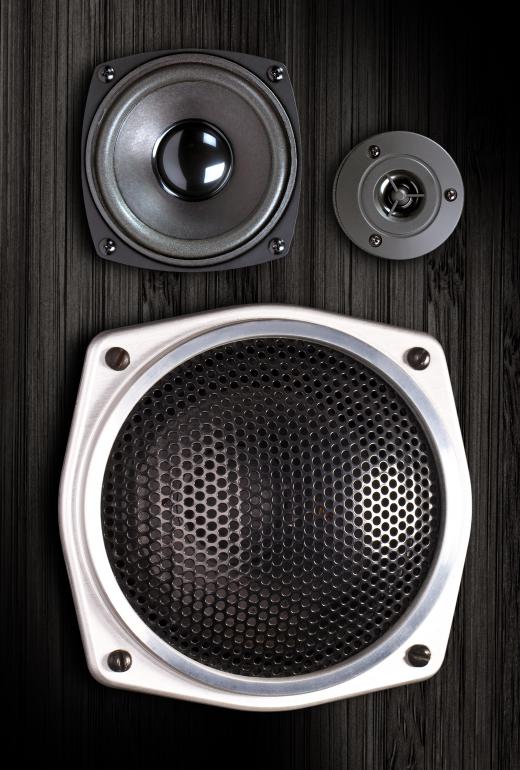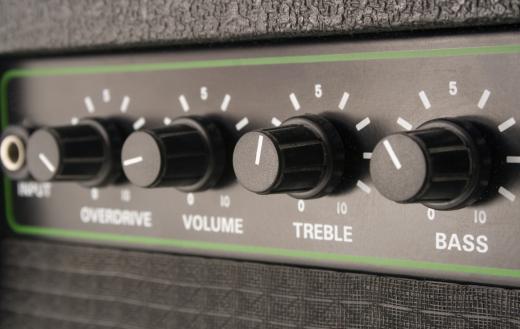A frequency transducer is a mechanism for converting a type of energy, usually electrical or electromagnetic, into sound. It can also act in the reverse, converting sound into other forms of energy. Frequency transducers have a wide range of uses, from sonar equipment to acoustic speakers, microphones, and guitar pick-ups. They are also utilized in medical ultrasonic imaging, as well as ultrasonic sterilization.
In the fishing and boating industries, and for high-end recreational fishing and boating, a frequency transducer is often mounted to boat hulls to give a depth reading, or to locate fish. In this capacity, it is regularly referred to as a depthsounder or fishfinder. Further, it is common to use a dual frequency transducer as a fishfinder because it can operate at two differing rates and penetrate the water with signals to different depths.

In acoustic speakers, such as those attached to stereos, a low frequency transducer is often configured as a cone of thin material attached to a wire coil that picks up electromagnetic vibrations. As it does this, the cone vibrates and converts the vibrations to sound. A person listening to an mp3 player will also hear sound modulated through frequency transducers in his or her ear buds.

Another way a frequency transducer can be used is as a guitar pickup. Many typical pickups use special man-made crystals, known as piezoelectric crystals, which vibrate and produce a low level of electricity when they are stressed by sound waves. They act as a transducer by producing varying voltage directly related to the strength of the sound waves. An amplifier can then pick up this voltage, converting it back to sound — another example of frequency transduction.
In medical settings, a high frequency transducer provides the ability to utilize ultrasound equipment, which can image various parts of the body. This often helps with the diagnosis of many conditions. Ultrasound machines are frequently used to create images of soft tissue, which does not show up on x-rays.
In an ultrasound machine, an electrically-powered transducer converts the electricity into sound waves, which penetrate and bounce back off of tissue and bone. It then receives sound waves back as they bounce off of the area being imaged. These waves are then converted into digital impulses, creating the image of the ultrasound. Higher frequencies create clearer images, but the image depth is lower. Thus, varying frequencies are used depending on the depth and clarity desired for the image.
